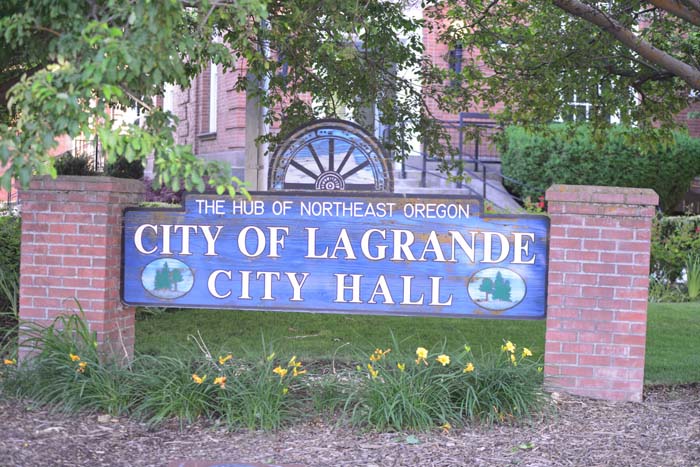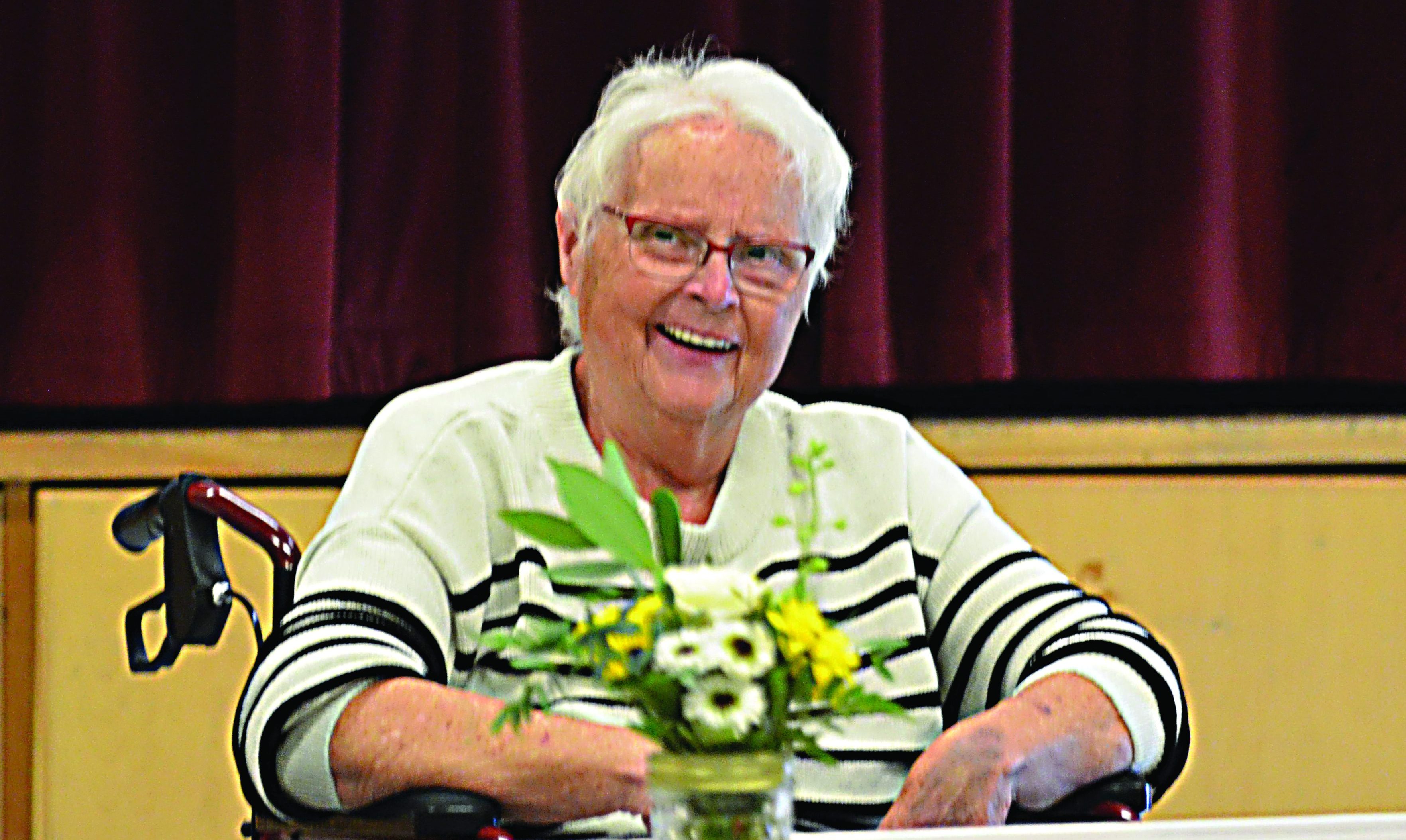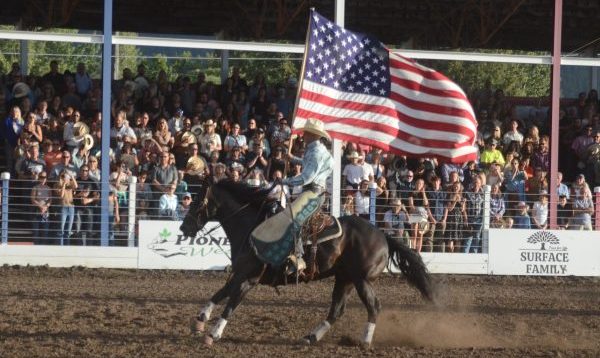Drone regulation proving to be time-consuming process
Published 6:30 am Friday, July 8, 2022
ENTERPRISE — For the past 100 years, state parks in Oregon have been an attraction to view various plant life, bodies of water and animal species.
However, a newer addition to state parks is something that Oregonians couldn’t have foreseen even a few decades ago: drones piercing the skies.
Trending
There are no regulations on drone flight, takeoff or landing within state parks. The parks can only make airborne regulations during certain mating seasons.
“When raptors are nesting and doing their breeding, they don’t allow drones into the park whatsoever,” said Ashley O’Toole, a drone flier and the owner of Sky High Imaging, LLC, a company that provides drone imaging services located in La Grande.
Just because people are free to fly drones through parks, doesn’t mean that they are free from controversy.
So when a work group convened by the Oregon Parks and Recreation Department put together a proposal for drone regulations in state parks at the end of 2021 and asked for public input, it didn’t take long to receive backlash.
The proposal stated that drones would be allowed to take off anywhere unless otherwise specified. The vagueness of the law prodded people to ask Chris Havel, associate director at the Oregon Parks and Recreation Department, if their worst fears were possible.
“Either we’re going to have a cloud of drones over every park, or a wildlife desert in every park,” he said.
Trending
While the backlash was coming from drone supporters and protesters, Havel noted that most of the worries came from natural resource supporters, who were underrepresented on the work group.
“Eighty percent of the concern was from people who thought they were going to hurt birds, hurt other wildlife and chase off deer,” Havel said.
While the Havel sees drone usage as a contentious topic for the parks, O’Toole believes that the public has been easing its concern recently. Even though people were nervous when drones were new, he believes that technological innovations like GPS, collision warning systems and the prevalence of drones have taken the pressure off the issue.
“I think the general opinion of drones has gone from not liking them to maybe just apathetic, not having an opinion at all really,” he said.
After the criticism, the Parks and Recreation Department decided to pause the rulemaking, look to form a new work group with more representation from environmentalists and create a map and criteria for places where drones can take off and land in state parks.
Havel said this rulemaking process has been difficult for a few main reasons, one being the difference in the landscapes of parks throughout the state creating issues for statewide regulations.
“The environment isn’t the same across the state, the way people use parks is not the same across the state, so why would the rules be the same across the state?” he said.
Also, the balancing act of managing the people’s interests as well as the safety of the parks is a struggle with most park regulations.
“You don’t want to just slam the door on something that is a legitimate form of outdoor recreation,” Havel said, “but you don’t want to harm the park or conflict with people.”
Even though there is currently a lot of freedom for drone owners in state parks, O’Toole welcomes rules of this kind so drone pilots can be more educated on rules.
“If anything it sounds like this is just going to provide the clarity that everyone’s been looking for,” O’Toole said.
The work group is still formulating a map and criteria for the parks. Once it is done, the group will give its proposal to the agency director who will decide if the rulemaking process should restart. It is a process not likely to happen in 2022.
“If they produce something that is really practical, useful, protects parks, and accommodates recreation,” Havel said, “I would expect rulemaking could restart in spring next year.”









